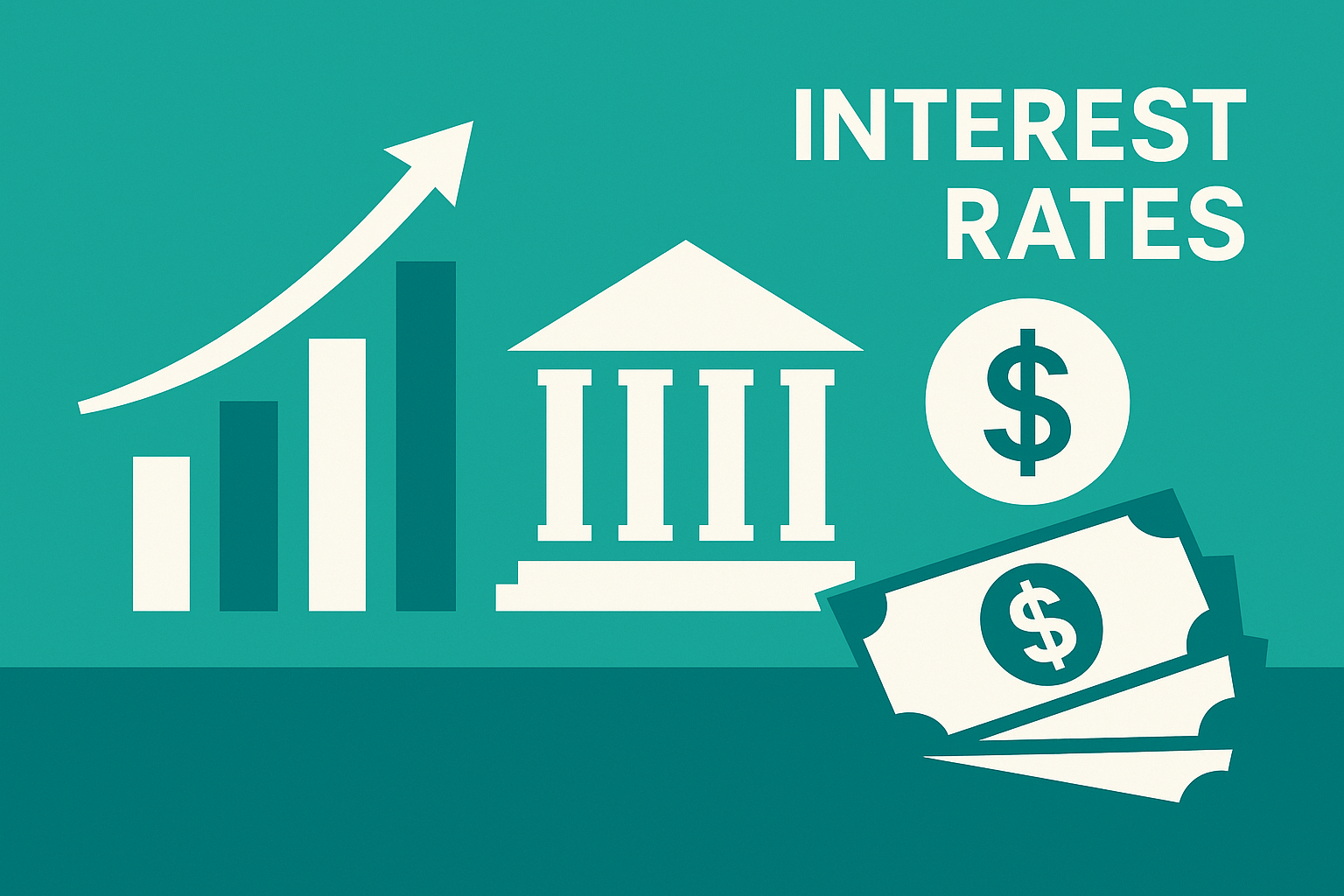Author: Senior Economist / Macro Strategy Research Institute
- Executive Summary
- Current Situation: A Hold with Visible Internal Dissent
- FOMC’s Structural Divide: The Emergence of Three Factions
- 📊 Macro Data Analysis: Competing Narratives
- 🧮 Policy Path Scenarios for H2 2025
- 📌 Conclusion: The Fed Is Navigating a Timing Trap
- Addendum: Where Is the Neutral Rate?
- Policy Recommendations
Executive Summary
At the July 2025 FOMC meeting, two Federal Reserve governors voted in dissent, explicitly supporting an interest rate cut. This rare development marks a shift from informal speculation to formal debate over monetary policy within the FOMC. It reflects a growing divergence in economic outlook and policy preferences among Fed officials.
This report analyzes the internal dynamics of the FOMC, the evolving inflation and labor market data, and the strategic implications for the Federal Funds Rate heading into late 2025 and early 2026.
Current Situation: A Hold with Visible Internal Dissent
On July 30, 2025, the Fed voted to hold the Federal Funds Rate steady at 4.25–4.50%. However, two governors—Christopher J. Waller and Michelle W. Bowman—voted against the decision, calling for an immediate 25 basis point rate cut.
This was the largest number of dissenting votes since 1993, signaling a historic internal divergence within the Fed.
FOMC’s Structural Divide: The Emergence of Three Factions
① Conservative Majority (Status Quo)
- Emphasis on sticky inflation, especially in services and housing.
- Views the current rate as appropriately restrictive.
- Concerned about premature easing undermining inflation progress.
② Proactive Dovish Minority (Waller & Bowman)
- Highlight labor market cooling and economic slowdown.
- Argue that current rates exceed the neutral level (estimated at 3–3.5%).
- Favor an earlier move to support soft-landing expectations.
③ Data-Dependent Center
- Call for flexibility based on upcoming data (esp. August jobs and inflation reports).
- Watchful of financial market divergence and over-anticipation of cuts.
This division reflects a deeper debate over whether inflation or recession risks deserve more weight in current policy decisions.
📊 Macro Data Analysis: Competing Narratives
| Sector | Current Data | Dovish View | Hawkish View |
|---|---|---|---|
| Employment | +73K in July, 3-month avg ≈ +106K | Job growth is stalling | Still close to full employment |
| Inflation | Core PCE at 2.6%, decelerating trend | Price increases largely temporary | Services inflation remains sticky |
| Consumption | Credit stress rising, spending slows | High rates are hurting households | Interpreted as short-term correction |
The dovish camp prioritizes the lagged effects of tight policy, while the majority continues to focus on inflation containment and credibility.
🧮 Policy Path Scenarios for H2 2025
| Scenario | Description | Trigger Conditions | Market Reaction |
|---|---|---|---|
| A: September Cut | Begin 25bps easing cycle | Weak Aug. jobs + PCE < 2.4% | Stocks rally, USD weakens, yields drop |
| B: One Cut Only | Limited easing by year-end | Stable labor, mild inflation improvement | Neutral response; markets already priced |
| C: No Cut | Rates remain unchanged through 2025 | Inflation rebounds or political instability | Equities fall, bond yields rise |
September will likely act as a decisive inflection point, especially if August data continue to weaken.
📌 Conclusion: The Fed Is Navigating a Timing Trap
The Federal Reserve faces a classic policy dilemma: too late and a hard landing may ensue; too early and inflation credibility could be lost.
The dissents by Waller and Bowman should not be seen merely as personal preferences but as a deliberate institutional signal to bring rate cuts into formal policy discussion.
The key for the Fed lies in balancing data-driven responsiveness with forward guidance credibility.
Addendum: Where Is the Neutral Rate?
Based on employment slack and inflation trends, we estimate that the psychological floor for policy rates lies between 3.50% and 3.75%. If the unemployment rate rises above 4.5%, a faster rate-cutting cycle may become inevitable.
Policy Recommendations
- Treat inflation and employment mandates as complementary, not conflicting.
- Frame rate cuts as a return to neutrality, not just recession insurance.
- Enhance transparency and narrative discipline to manage market expectations amid political pressures.


